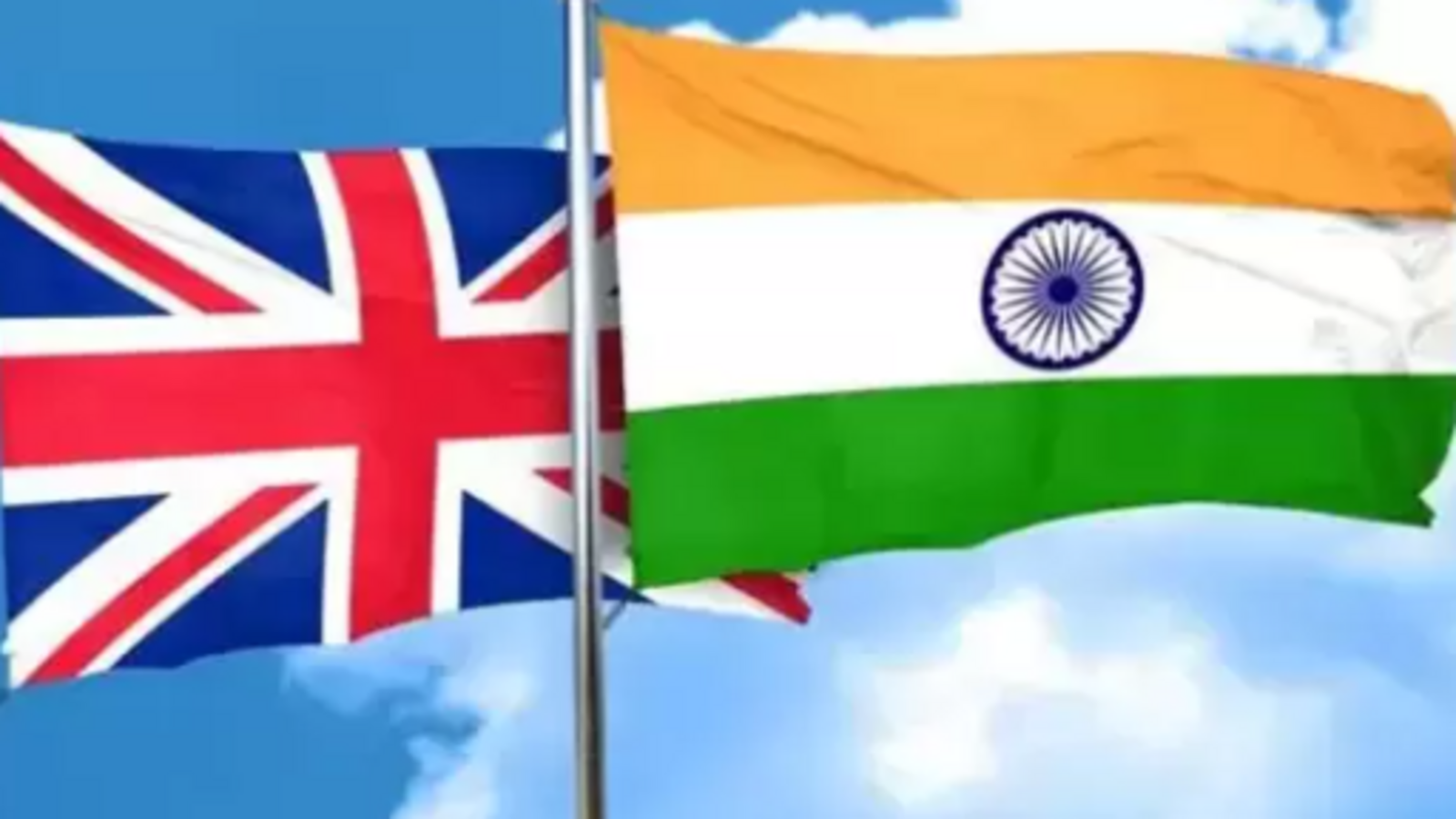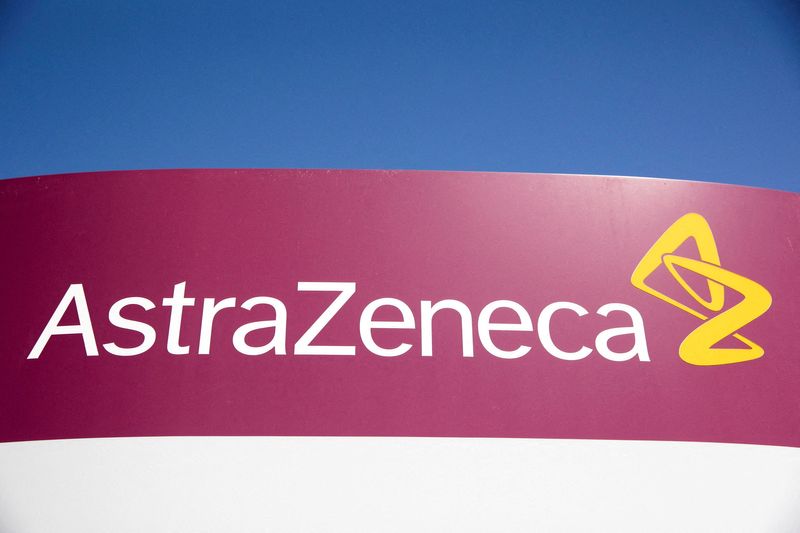The UK’s long-pending Diwali gift to India is finally here—an announcement that has sparked excitement across a nation of over a billion, even amid the shock of the Pahalgam terror attack and global tariff tensions. India and the UK concluded a landmark Free Trade Agreement (FTA) and Double Contribution Convention on May 6. This historic pact covers trade in goods, services, investment, mobility, intellectual property (IP), sustainability and indirectly impact some other actors and industries. Negotiations that lasted nearly three years, beginning in January 2022 were expected to be finalised long ago. The FTA aims to boost trade, investment, jobs, and innovation while strengthening the India-UK strategic partnership. UK Prime Minister Keir Starmer highlighted that the Labour government finalised the deal in under a year—a contrast to delays under the Conservatives—and called it a win for the working class. The deal is expected to increase UK-India trade by £25.5 billion, add £4.8 billion annually to the UK economy, and boost wages by £2.2 billion.
The FTA removes tariffs on 99% of Indian goods entering the UK, making Indian exports like textiles, leather, marine products, toys, and auto parts more competitive. Following this milestone, India secured the UK’s strongest commitments yet in services, opening doors for sectors like IT, finance, education, and health care. Professionals such as chefs, yoga instructors, and tech workers will find it easier to work in the UK. Indian workers in the UK will also be exempt from social security contributions for up to three years, helping them save more. The agreement also extends the Young Professionals Scheme and eases entry for Indian service professionals in fields like IT, finance, and law. The British Chambers of Commerce called the deal a major boost, especially for UK sectors like manufacturing, services, and tech. UK whisky and car manufacturers stand to benefit from lower tariffs.
Economically, the deal is expected to raise bilateral trade from £41 billion last year to £66 billion by 2040. UK exports—such as Scotch whisky, gin, and spirits—will see steep tariff cuts. The 150% tariff on Scotch will be halved to 75% immediately and reduced further to 40% over ten years. Car import duties into India will fall from 100% to 10% under a quota system. In return, India will gain greater market access in the UK for products like textiles, food items, gems, jewellery, and pharmaceuticals.
Signed by the two commonwealth nations, Double Contribution Convention is a unique addition. It recognises businesses operating in both countries and simplifies cross-border social security contributions—helping cut costs and encouraging India-UK startup partnerships. While issues like agricultural access, patents, and data privacy sparked debate during talks, compromises were reached. India insisted on digital sovereignty, and the UK accepted limited access for some goods. The FTA is expected to generate one million jobs in India over the next decade and boost the GDP in both nations.
In the fiscal year 2023–24, bilateral trade between India and UK reached approximately $21.34 billion, marking a steady rise from $20.36 billion the previous year. Of this, India exported goods worth around $14.4 billion to the UK, while its imports from the UK amounted $6.75 billion.
Although India and the UK are not top trade partners, the potential is huge. Since Independence, India has diversified its defence imports, which were once dominated by the UK. The main challenges in the India-UK trade ties include high tariffs on sectors like automobiles and alcohol, regulatory barriers, differences in data privacy laws, agricultural market access, and concerns over labour and environmental standards. The FTA has addressed all of these. But one concern the FTA does not yet address is Britain’s Carbon Border Adjustment Mechanism (CBAM), which remains a point of anxiety.
It’s important to note this is a FTA—not a Preferential Trade Agreement or Comprehensive Economic Partnership Agreement—highlighting the depth and complexity of negotiations that included multiple rounds of discussions on sector-specific concerns.
The FTA is set to impact several key sectors. In automobiles, British luxury cars like Jaguar and Rolls-Royce will become more affordable in India due to sharply reduced duties, while Indian exports of auto parts and engines to the UK will gain traction. In alcohol, Scotch whisky tariffs will fall from 150% to 75% immediately and to 40% in a decade, making UK brands more accessible in India. The education sector will benefit from relaxed regulations, smoother student and professional movement, and mutual recognition of qualifications. In high-tech and defense, the agreement supports joint ventures, R&D, and technology transfer. UK firms will get better access to Indian defense contracts, while Indian companies can benefit from British tech expertise.
Overall, the FTA is expected to boost bilateral trade by £25.5 billion by 2040, with nearly all Indian exports entering the UK duty-free. This will create jobs in textiles, leather, engineering, IT, and more. FTA is a great step but now the game begins. The Labour party needs to have a fresh approach and encourage the venture capitalists to pump money and research and development facilities to contemplate making designing from India at a lower cost. The G20 inmates meet and table agendas at the bilaterals but their 2+2 dialogue is defence and diplomacy centric. The trade barriers between the two robust economies are now becoming fade following the FTA, India needs to bring quality to its products like medicines and spices–in order to retain the brand and make best out of the deal.
This article is authored by Ayanangsha Maitra, journalist and fellow with Center of Geoeconomcis, Global South, United Arab Emirates.


